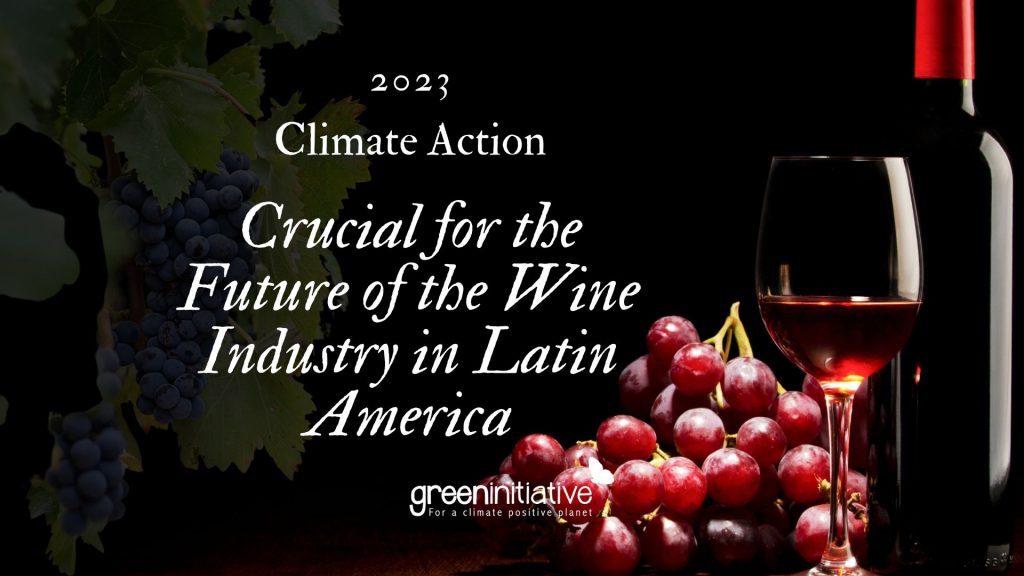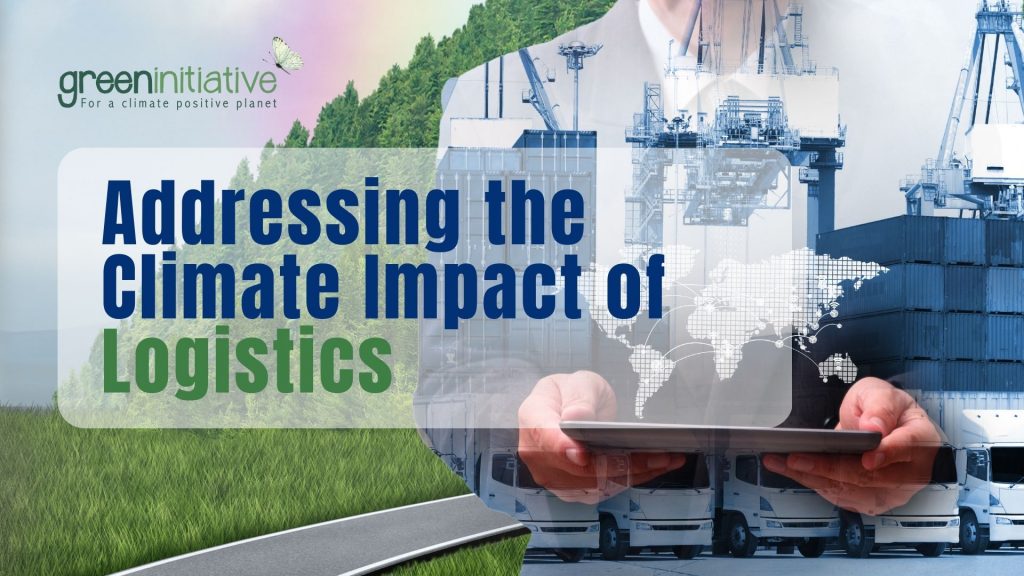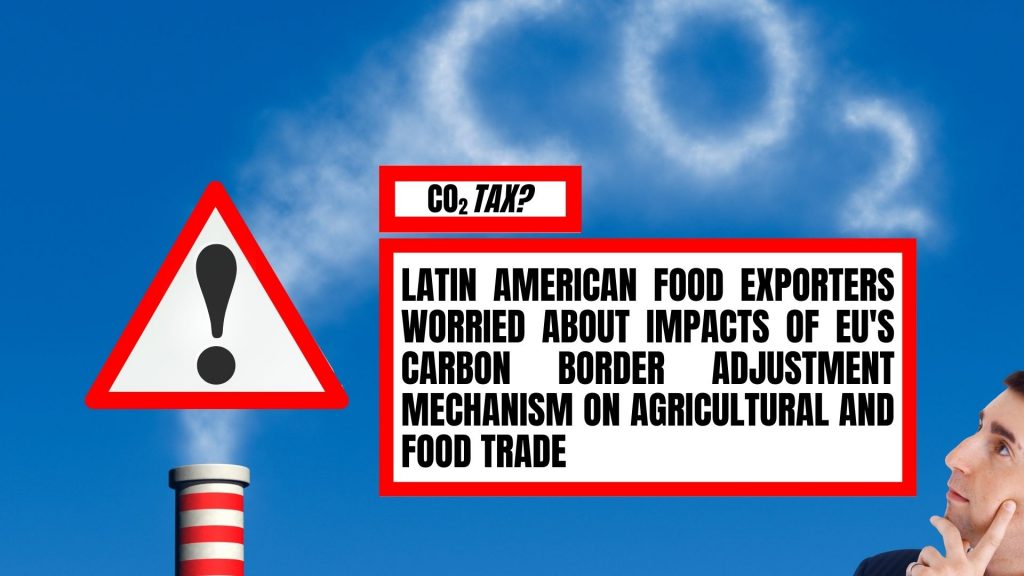Anthropogenic methane emissions and their implications for climate change within the next decade The Sixth Assessment Report from the Intergovernmental Panel on Climate Change (IPCC) stresses with high confidence that net greenhouse gas (GHG) emissions since 2010 are characterized by an increasing trend. Particularly, estimates in 2019 state the agricultural sector and other land-use activities are responsible for 22% of anthropogenic, or human-induced, global greenhouse emissions (IPCC, 2022). In this context, carbon dioxide and methane emissions have been identified to be significant contributors to global warming. Carbon dioxide, for example, once emitted into the atmosphere has been estimated to linger for roughly 300 to 1000 years (Buis, 2019) before it is fixed into biomass or mineralized into ocean or land sediments by natural processes. Thus, carbon’s multigenerational lifespan in the atmosphere often leads to a trend in climate action projects centered on reducing carbon dioxide emissions exclusively. However, methane has been found to have 84-87 times the global warming potential (GWP) than carbon dioxide on a 20-year timescale (IPCC, 2022), while estimates using the 100-year timescale, which is commonly adopted by organizations across the globe, shows a mere 24 times difference between the GWP of methane and carbon dioxide. As a result, scientists often stress the need to use cumulative metrics, that do not operate on a timescale, to accurately represent the impact of short-lived climate pollutants, like methane, on global temperatures within the next decade and consequently use this understanding to develop more efficient policies to reduce the negative effects of climate change in the near future (Allen et al., 2018). Governmental policies on methane emissions Due to alarming estimates of methane’s contribution to 30% of global warming to date (IEA, 2022), global methane initiatives strive to promote the use of methane as a clean energy source along with governmental organizations like the Environmental Protection Agency (EPA) that are opting to strengthen their policies against methane emissions, and the European Union (EU), that have set ambitious goals to reduce 30% of their methane emissions by 2030. Particularly, there is increasing scientific and analytical evidence that reducing anthropogenic methane emission by 50% over the next 30 years could help to maintain the global average temperature increase below 2 degrees Celsius and therefore, contribute to the climate goals established in the Paris Agreement. (Mckinsey, 2021; Arndt, 2022) Solutions to the anthropogenic emission of methane in the agriculture sector Promoting the industry switch to reduced methane emissions is not as simple as establishing governmental sanctions across the globe for many reasons, including concerns related to food security. Hence, several solutions are being implemented to reduce methane emissions from the agriculture sector, particularly for livestock, which have been estimated to account for 32% of human-induced methane emissions (UNEP, n.d.). These solutions include: Feed additives Such as garlic, clove, and seaweed, have been found to reduce methane emissions from ruminant animals. These additives can reduce the amount of methane produced during digestion, ultimately leading to lower emissions. Alternative feeds Like oilseed crops or legumes, can improve the quality of feed and reduce the amount of methane produced by animals. Alternative feeds can also help to reduce the amount of land required for grazing and improve soil quality. Breeding and genetics Specialized programs can be used to produce animals that are more efficient in their digestion, thereby reducing the amount of methane produced during digestion. Methane capture and reuse Methane can be captured from livestock manure and reused as a source of energy. This can be done through the use of anaerobic digesters, which can convert manure into biogas that can be used for electricity or heat. Precision livestock monitoring Technologies such as remote monitoring and smart feeding and watering systems can help to improve the efficiency of livestock production and reduce methane emissions. Novel Research in Molecular Engineering: Promising Strategies for Reducing Methane Emissions in Livestock Furthermore, novel research in the field of molecular engineering has a significant potential to reduce methane emissions by manipulating the metabolic pathways of livestock and the microbial communities in their digestive tracts. One solution involves the use of feed supplements that inhibit the activity of methanogens, which are the microorganisms in the rumen of livestock that produce methane during digestion. The results observed a consistent reduction in methane gas emissions by up to 30% for dairy cows and 90% for meat cows in experimental conditions (Palangi & Lackner, 2022). In addition, other studies explored the use of RNA interference molecules (Bradford et al., 2017) to inhibit the expression of certain genes in methanogens, blocking the production of proteins involved in methane production. Other similar approaches use the well-known, and often less costly CRISPR-CAS9 gene-editing tool (Subdei et al., 2022). Although more research is needed to understand the biological mechanisms underlying methanogens, the cost-effectiveness on a large scale, and some ethical considerations involved in gene manipulation, these developments outline a promising future for the reduction of methane emissions in the agricultural industry. Comprehensive Climate Action: Accounting for GWP Metrics and Developing Cost-effective Solutions to Reduce Emissions Despite Green Initiatives’ focus on removing carbon dioxide from the atmosphere, we understand the importance of fighting climate change on all fronts and thus, we consider Global Warming Potential (GWP) metrics to account for the short- and long-lived effects of carbon dioxide, methane, and nitrous oxide. Furthermore, we take climate action to the next level by advising our clients on developing cost-effective, climate-friendly solutions to reduce harmful emissions. Contact us to learn more and become a part of our climate champions. This article was writen by Marc Tristant, from the Green Inititative team. References: Allen, M. R., Shine, K. P., Fuglestvedt, J. S., Millar, R. J., Cain, M., Frame, D. J., & Macey, A. (2018). A solution to the misrepresentations of CO2-equivalent emissions of short-lived climate pollutants under ambitious mitigation. Npj Climate and Atmospheric Science, 1(1). https://doi.org/10.1038/s41612-018-0026-8 Arndt, C., Hristov, A. N., Price, W. J., McClelland, S. C., Pelaez, A. M., Cueva, S. F., Oh, J., Dijkstra, J., Bannink, A., Bayat, A. R.,










